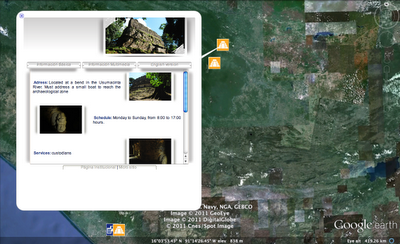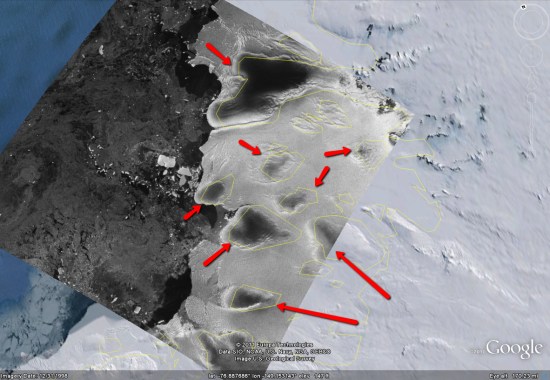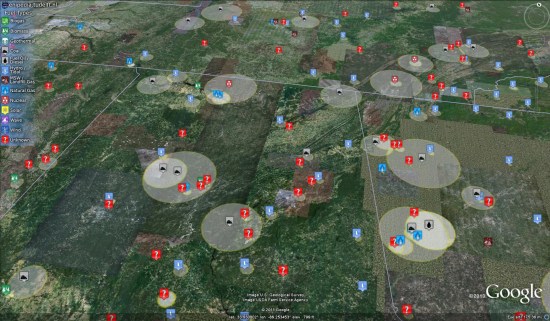Nothing compares to the sensation of visiting a place where history was made. Exploring castles, pyramids and other historical landmarks in a country provokes a deeper understanding and respect for unique cultures and creates a sense of belonging. Today, technology enables us to expand our horizons in a matter of clicks, bringing foreign cultures and history to us from around the world.
Mexico is a country full of natural beauty and cultural heritage. It’s archaeological sites attract hundreds of thousands of tourists each year. Today, we are making these historical landmarks more accessible than ever by bringing an interactive atlas from the National Institute of Anthropology to Google Earth.
Download the new KML file of this historical archive to view geo-referenced scale models (many in 3D) of monuments, archaeological sites, museums and other buildings that make up the cultural heritage of Mexico.
View the historic and cultural sites that make up Mexico’s history from anywhere in the world.
Through Google Earth, you can virtually visit 416 locations across Mexico, including 182 archaeological sites, 116 museums, 31 world heritage sites, 83 3D models and 4 schools. Many of the models presented in this interactive guide were created through the ‘Put Mexico on the map’ competition recently hosted by Google and the National Institute of Anthropology.
Learn more about this effort that helps bring Mexico’s history to life by visiting www.OneWorldManyStories.com. We hope this new resource makes it fun to both learn about Mexico’s rich cultural heritage and plan your next Mexican vacation.



